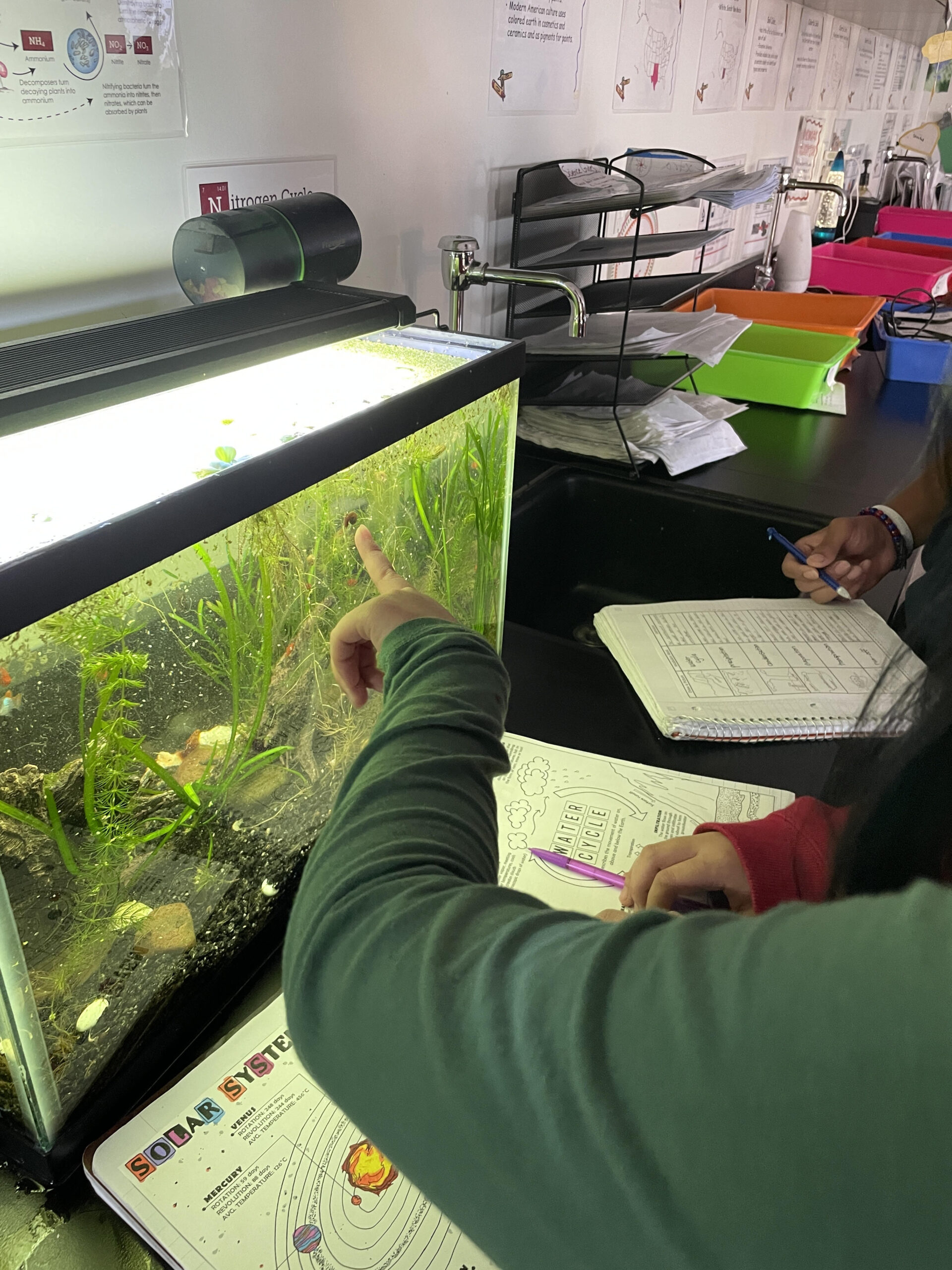How to Enrich STEM Learning with Pets in the Classroom
Pets in the Classroom is a program that provides grants to teachers in grades pre-K through 9th to obtain a classroom pet as well as supplies to care for it. These grants are provided through coupons redeemed at major pet retail chains—Petco, Petsmart, Pet Supermarket, Pet Supplies Plus, and Petland – plus through your local pet store. The program exists to make it easy for teachers to bring the joy and educational benefits of a pet into their classrooms. Since its inception, the program has positively impacted more than 10 million students.
Classroom pets can play a pivotal role in STEM education by offering a tangible, engaging way to explore science, math, and other STEM-related subjects. Pets naturally spark curiosity, teach responsibility, and enhance observation skills, making STEM concepts more relatable and accessible. With a classroom pet as a living learning tool, educators can create dynamic, hands-on lessons that captivate students and enrich their understanding of the world around them.
How to Incorporate a Classroom Pet into STEM Learning:
- Life science exploration:
-
- Studying a classroom pet’s life cycle, habitat, and adaptations can directly teach students about biology, ecology, and animal behavior.
- Math integration:
-
- Measuring food portions, tracking growth patterns, or calculating the pet’s lifespan can incorporate math concepts into everyday classroom activities.
- Hands-on learning:
-
- Caring for a pet requires direct observation of its behavior, diet, and physical needs, allowing students to practice data collection and analysis, which are core STEM skills.
- Inquiry-based learning:
-
- Students can design experiments or research projects related to their classroom pet, fostering critical thinking and problem-solving skills.
- Biology
- Studying the anatomy of a reptile, observing the feeding habits of a fish, or researching the gestation cycle of a hamster.
- Chemistry:
- Exploring the chemical composition of pet food or investigating water quality for an aquarium.
- Physics:
- Measuring the speed of a hamster running on a wheel or investigating the mechanics of a bird’s flight.
- Data Analysis:
- Recording observations of a pet’s behavior over time and creating graphs to analyze patterns.
Ready to incorporate a classroom pet into your STEM curriculum? Apply for a Pets in the Classroom grant today and bring a new dimension of learning to your students. With the support of this program, you can create a classroom environment that inspires curiosity, responsibility, and a lifelong love of STEM subjects.
Learn more about the program and apply for your grant at PetsintheClassroom.org.




